Can You Work While on SSDI? Understanding SGA, the Trial Work Period, and Work Incentives
Imagine that, after a long wait, you’ve been finally awarded your deserved Social Security Disability Insurance (SSDI), but now you’re considering going back to work. There are two questions our team of experts hear a lot from people in their journeys:
- Will I lose your benefits if I start working again; and
- Will I lose my disability if I work part-time?
Many who receive their monthly payments from the government have these exact concerns.
The good news is, yes, you can work while receiving SSDI. However, the SSA does have certain rules and thresholds of income that determine how much you can earn without risking losing your benefits. Understanding these rules can help you make informed decisions.
At the heart of these regulations is the concept of Substantial Gainful Activity (SGA), which defines a monthly earnings limit for SSDI recipients. If you are earning over that amount, the SSA may decide you can support yourself and take away your benefits. Fortunately, work incentives and programs like the Trial Work Period (TWP) can help you get yourself back into the workforce without immediately losing your benefits.
Understanding Substantial Gainful Activity (SGA)
Substantial Gainful Activity (SGA) refers to a level of work activity and earnings that show you’re capable of performing work that brings in income. If you earn more than the set monthly limit, which may be adjusted each year, the SSA might decide you are no longer considered disabled under their guidelines.
Monthly Earnings Limit:
The SGA limit is the most important factor in determining if you can continue to receive SSDI. If your earnings exceed the limit, you could be cut off from receiving your benefits. However, certain expenses related to your impairment (like medications or special equipment) may be deducted from your earnings, potentially keeping you under the SGA level.
In 2024, the SGA limit for non-blind individuals is $1,470 per month, while for blind individuals, it’s $2,460 per month. For 2025, the number will increase to a monthly amount of $2700 for bling individuals. For non-blind individuals, the monthly SGA amount for 2025 will be $1620.
Factors that Affect SGA (Apart from Earnings)
It’s not just earnings that the SSA considers when determining if you’re doing SGA. The amount of time spent working, the nature of the work, and your ability to adjust to work-related tasks, given your disability, are all considered as well.
Working While on SSDI: What is the Trial Work Period (TWP)?
The SSA offers a Trial Work Period that lets you test your ability to work for at least nine months without losing your benefits. During this period, there are no earnings restrictions. However, once your monthly earnings exceed $1,050 (for 2024), it counts as a trial work month. In 2025, this number will go up to $1,160. It is worth noting that the months don’t need to be consecutive; they are cumulative over a 60-month period.
How Long Does the Trial Work Period Last?
The TWP lasts for nine months, and during this time, you will continue to receive full SSDI benefits regardless of how much you earn, provided you report your earnings to the SSA.
What are the Income Limits During the Trial Work Period:
As mentioned, there’s no hard limit on your earnings during the TWP, but once your nine months are up, the SSA will evaluate your work and earnings level. If you’re still above the SGA, your benefits may be reduced or terminated.
Can I Continue Receiving SSDI After the Trial Work Period?
Once the trial work period ends, you enter a 36-month Extended Period of Eligibility (EPE). During this phase, you can receive SSDI benefits for any month your earnings are below the Substantial Gainful Activity (SGA) level. If your earnings exceed this limit in any month, you will not receive benefits for that month, but your SSDI benefits will not be completely terminated.
Eligibility for Continued Benefits:
To continue receiving SSDI benefits after the trial work period and extended evaluation period, your earnings should not exceed the SGA limit. If you are above that, your benefits may be suspended, but they can be reinstated if your earnings drop back below the SGA threshold within the extended evaluation period. This gives you some flexibility to explore returning to work without the immediate loss of benefits.
Tips for Working While on SSDI
1. Communicate with Your Doctor:
Inform the treating physician about your frequency of work and what kind of job you’re doing. Make sure they document your medical condition and any limitations you face as a result of working.
2. Explore Flexible Work Arrangements:
“So, will I lose my disability benefits if I work part-time?” Well, no. Exploring options like part-time work can be beneficial, as these may be easier to manage. “Working from home” or doing freelance work may help you stay within the Substantial Gainful Activity (SGA) limit, allowing you to take advantage of work incentives.
3. Stay Informed About SGA Rules:
The Social Security Administration adjusts the SGA limits every year. Staying updated on any changes will help you plan your work and earnings accordingly.
While you may work while receiving SSDI benefits, it is very important to remain below the SGA threshold if you wish to maintain your benefits. The Trial Work Period and extended evaluation period provide opportunities to test your ability to go back without the danger of an immediate loss of benefits.
For further assistance with the SSD process, you can always rely on our team of experts at Trajector Disability! We’re here to help you understand your potential benefits and guide you through your journey!


